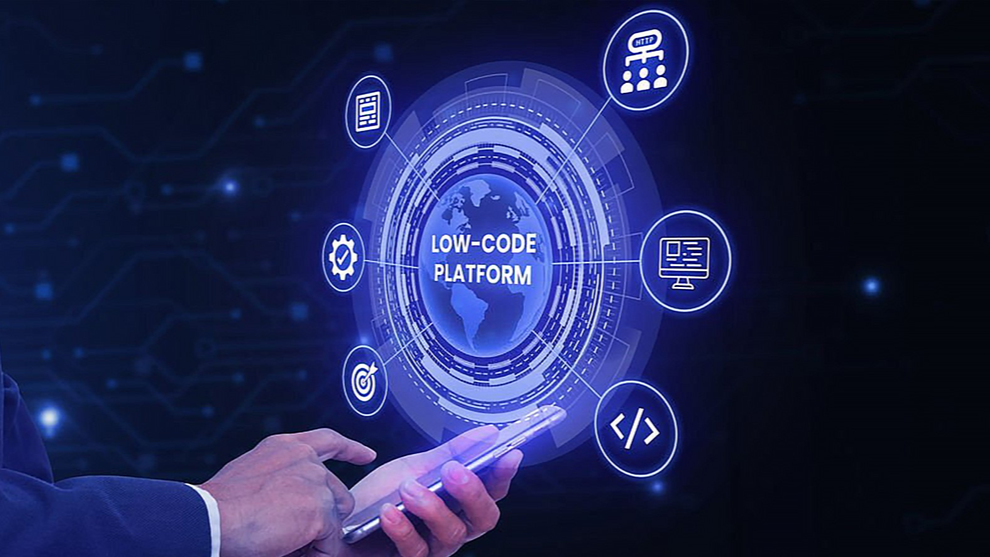
Low-Code, High Impact: The Future of App Creation
- Software
- July 9, 2025
- 628
In 2025, the landscape of app development is undergoing a significant transformation. Low-code platforms are at the forefront of this change, enabling both seasoned developers and newcomers to create applications more efficiently and with less manual coding. This shift is not just a trend but a response to the growing demand for rapid digital solutions across industries.
What Are Low-Code Platforms?
Low-code platforms are development environments that allow users to build applications through graphical user interfaces and configuration instead of traditional hand-coded programming. They provide drag-and-drop components, pre-built templates, and visual workflows, reducing the complexity and time required to develop apps.
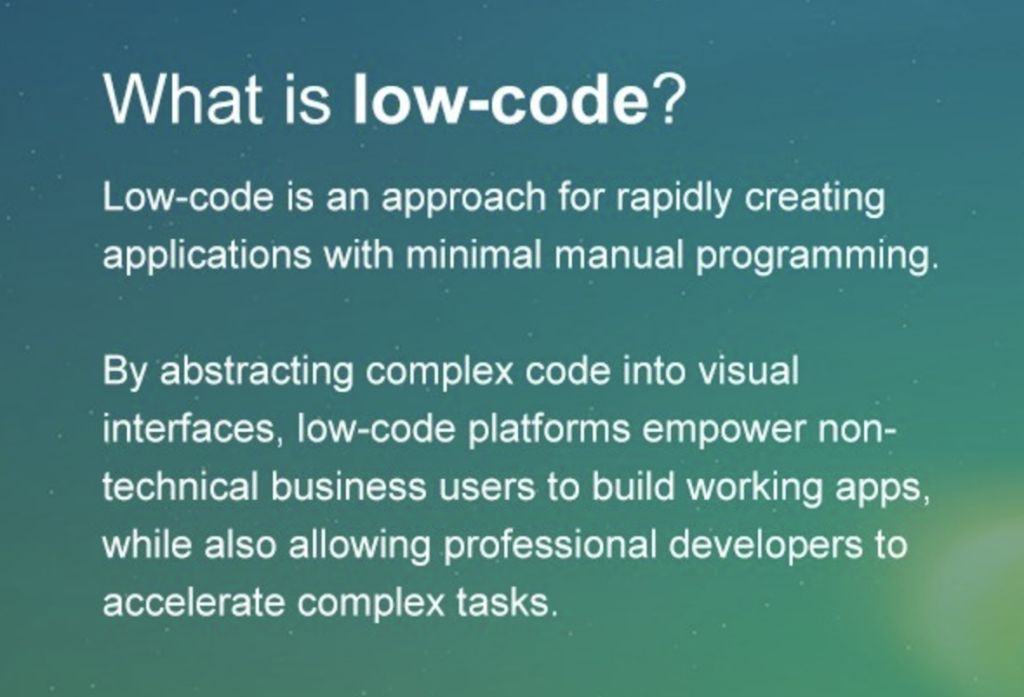
Why Are They Gaining Popularity?
1. Accelerated Development
Low-code platforms can reduce development time by up to 90%, allowing businesses to deploy applications swiftly in response to market needs.
2. Empowering Citizen Developers
These platforms enable individuals without formal coding experience to contribute to app development, fostering innovation and reducing the burden on IT departments.
3. Cost Efficiency
By minimizing the need for extensive coding and specialized developers, organizations can significantly cut development costs.
4. Flexibility and Scalability
Low-code platforms offer the flexibility to adapt to changing business requirements and scale applications as needed.
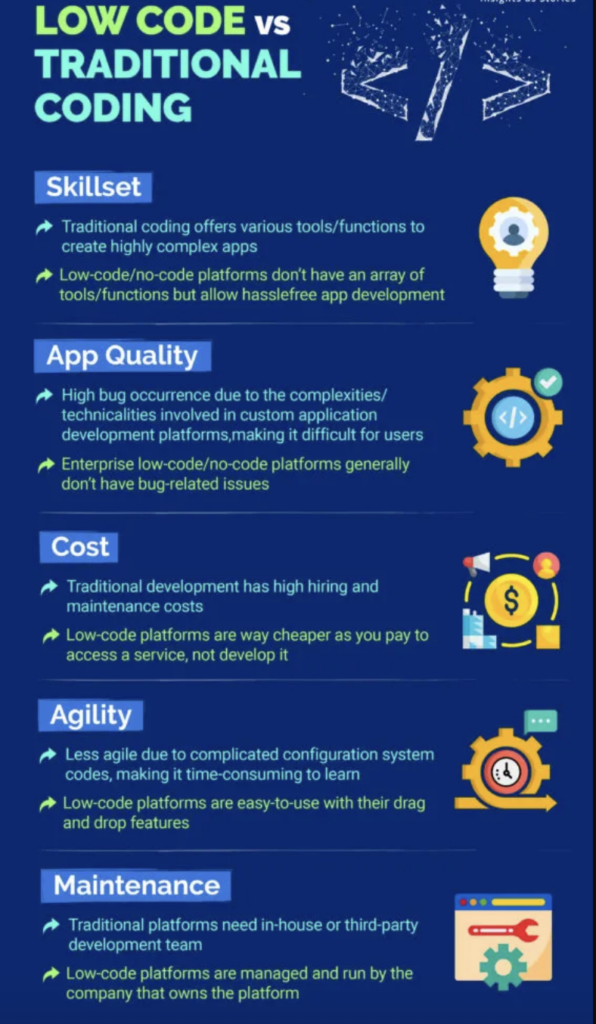
Leading Low-Code Platforms in 2025
Several platforms have emerged as leaders in the low-code development space:
- Appsmith: An open-source platform ideal for building internal tools and dashboards.
- Microsoft Power Apps: Integrates seamlessly with Microsoft services, offering AI-assisted app development.
- Mendix: Provides robust tools for enterprise-grade applications with AI and machine learning capabilities.
- OutSystems: Known for its rapid development features and scalability for complex applications.
- Zoho Creator: Offers a user-friendly interface with extensive customization options for various business needs.
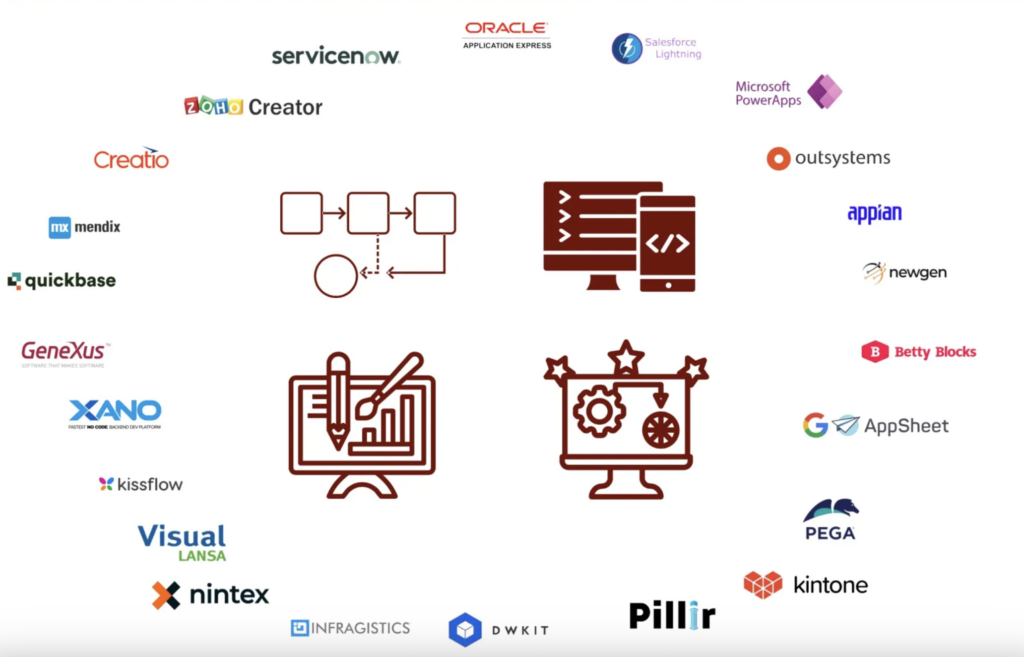
Real-World Use Cases: From Idea to App
Low-code platforms are no longer confined to prototypes or internal dashboards. In 2025, we’re seeing full-fledged commercial apps being created with tools like OutSystems, Glide, and Adalo. For instance, a Berlin-based logistics startup recently launched a shipment tracking app in under 6 weeks using FlutterFlow, with full Android/iOS deployment and no traditional coding. From local delivery apps to nonprofit community platforms, low-code solutions are empowering users to solve very real problems.
These tools are especially useful for:
- Startups needing MVPs fast.
- Internal enterprise apps.
- Event-based or seasonal apps.
- Educational tools and client portals.
AI Features in Low-Code Platforms
Artificial Intelligence is no longer just a buzzword in tech — it’s now deeply woven into the world of low-code development. Many of today’s top platforms integrate AI to help users build apps faster, smarter, and with fewer errors. Whether it’s generating code snippets, optimizing layouts, or suggesting logic flows, AI is acting like a co-pilot for builders at every level.
Here’s a look at how some of the leading low-code platforms are using AI in 2025:
| Platform | AI Capabilities | Benefit for Users |
|---|---|---|
| Microsoft Power Apps | Text-to-app design, formula suggestions, and AI Copilot | Build interfaces and logic with natural language input |
| Retool | AI code generation for backend queries and UI automation | Automates tedious SQL/API logic with AI suggestions |
| OutSystems | AI-based architecture advisor and logic helper | Ensures clean code structure and recommends improvements |
| Glide | Smart templates and auto-generated fields from spreadsheet data | Quicker app setup from Google Sheets or Airtable data |
| Appgyver (by SAP) | AI layout optimization and predictive UI component placement | Auto-adjusts layouts for better UX across screen sizes |
Security and Scalability: Not Just a Toy Anymore
Early criticisms of low-code often focused on concerns about security and long-term performance. But in 2025, most major platforms provide:
- Enterprise-grade hosting
- End-to-end encryption
- Granular user roles and permissions
- Cloud integration with AWS, Azure, or Google Cloud
In short, low-code apps today can scale — and they can do so securely. IT departments are increasingly treating low-code as a viable long-term solution, especially when backed by large cloud providers.
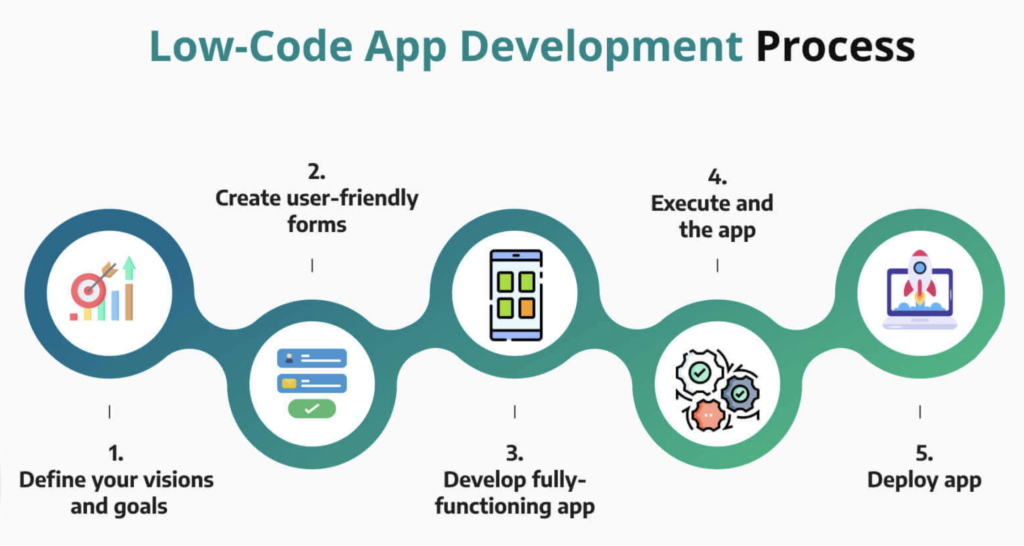
The Future: Is Low-Code the New Normal?
The lines between “developer” and “builder” are blurring. Gartner predicts that by 2027, over 70% of new applications will be built using low-code or no-code technologies. This means teams will need to adapt — with developers focusing more on architecture, performance optimization, and integrations, while low-code creators handle front-end logic and business flows.
In essence, low-code is not replacing developers. It’s democratizing development. It’s enabling more people to participate in building the tools they use — and that’s a win for creativity, speed, and accessibility.
Conclusion
Low-code platforms are revolutionizing the way applications are developed, making it more accessible and efficient. Whether you’re a business looking to digitize processes quickly or an individual with an innovative app idea, low-code platforms provide the tools to bring those visions to life with minimal coding expertise.



